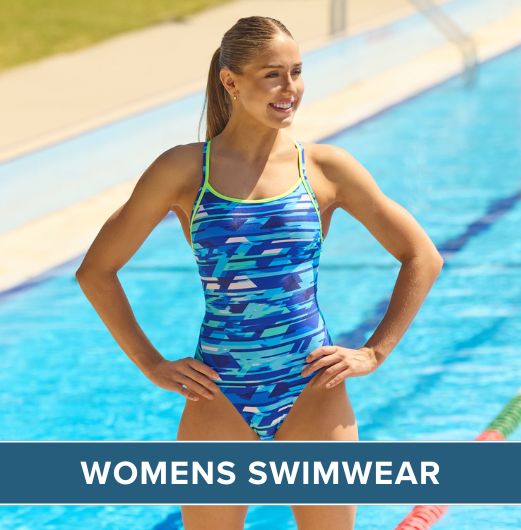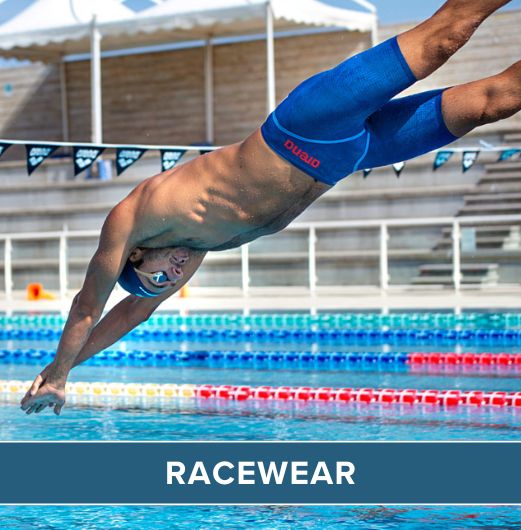On average, we all breathe around 20,000 times per day. Most of the time, this daily breathing is a natural and subconscious activity needed to sustain life. However, it is very likely this ‘natural’ style of breathing will be inadequate for swimming and severely limit the distance and speed you can achieve. Confident and competent swimmers develop control of their breathing as an integral part of an easy and relaxed swimming technique. So let’s look at some of the things about the inhale/exhale breathing cycle you may need to consider.

Exhalation
This is the critical part of the cycle to get right. Correct breathing technique requires you to exhale strongly and evenly under the water, between breaths. Exhaling must be regulated, and slow enough to leave you ready to inhale just at the moment you turn your head to breathe. Practise this phase of breathing to get into a consistent rhythm – done correctly with good timing, the rhythm will help your breathing, and your breathing will help your rhythm. Another important benefit is that proper exhalation will make you feel more relaxed, and thus make swimming easier.
Head Position (1)
Try to keep your head still in between breaths. Some swimmers allow their head to roll around with every body rotation, making good co-ordination almost impossible. If you imagine you have a cup and saucer on your head, which must stay balanced, this can help your awareness and development of a steady head position. Also, looking down at one spot on the pool floor guarantees your head will not roll from side to side. Getting this right helps you co-ordinate your stroke and build a strong rhythm.
Inhale
Swimmers moving through the water create a ‘bow wave’ in front, just like a ship at sea. This wave leaves a trough, which swimmers call a ‘pocket’, each side of your head. As a result, there is air available for the swimmer to breathe which is actually just slightly below the pool surface. Breathing into this pocket allows you to inhale without lifting your head out above the water. If your exhalation has been long and steady, you should find inhaling through your mouth is a natural and spontaneous – quick and smooth, yet not strained.
Watch other swimmers, especially professionals, to observe how they use the bow wave effect. This can help you to visualise how you might use it in your own swimming. Avoid lifting your head from the water, this actually reduces your wave, and makes good breathing harder. You may even start breathing into, or above, the wave where the water level is even higher. In addition, lifting your head causes your lower body to tilt downwards which generates drag and makes swimming more of an effort.
Head Position (2)
Good breathing ‘in the pocket’ is also easier if you don’t rotate your head too far as you inhale. You should be looking to the side, not skywards - only one goggle lens needs to be above the water as you breathe. Otherwise, the resulting head rotation will cause you to lose balance and also slow your stroke rate, and thus your speed.
A good body rotation will help avoid excessive head rotation as you breathe. So, ensuring your body rolls smoothly with each stroke automatically puts you in the best position to breathe. Just remember, except when inhaling, your head stays still.
Bilateral Breathing
At first, you should breathe on the side you find most comfortable as you work on mastering your breathing techniques. However, ‘bilateral breathing’, which is breathing on both sides, has many advantages as you develop. Breathing on one side only makes it difficult to rotate evenly as you swim, and swimming a straight line consequently becomes more difficult.
Bilateral breathing will give you a more symmetrical stroke, and thus better control of direction. Adopting a bilateral breathing pattern could mean breathing every three strokes, and thus breathing side to side; or breathing twice on one side, before switching and repeating the same pattern on the other side.
Improving any of these aspects of breathing will help you to relax, improve your swimming, and use less effort. Indeed, many swimmers will find that improving breathing techniques also brings other improvements too.



 Free Tracked UK Delivery
Free Tracked UK Delivery Hassle Free Returns
Hassle Free Returns Next Working Day OPTION
Next Working Day OPTION Found It Cheaper?
Found It Cheaper?













